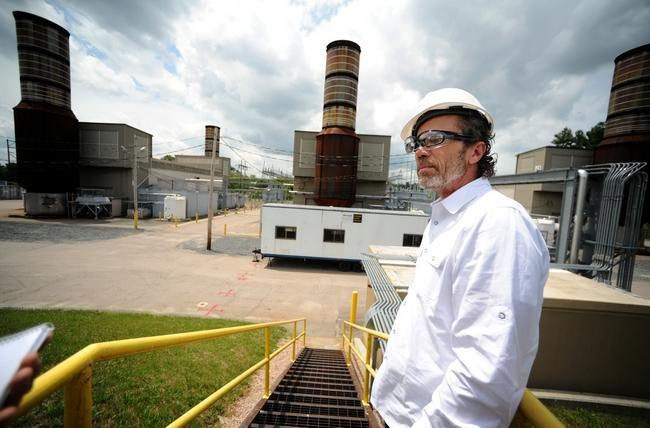
| Past Issues/Subscribe | Employment | neppa.org | Legislative Update | Advertise | September 2015 |

Keeping the Lights On by Zachary Comeau at the Milford Daily News
By Zachary Comeau/Daily News Staff  The Bay State has made dramatic improvements to reduce carbon emissions from power plants within its borders, but expense and ensuring a steady energy supply are slowing that process. According to the U.S. Environmental Protection Agency, 77 percent of the state’s greenhouse gases came from power plants in 2013, a decrease from the 85.2 percent in 2010.
That is attributed, in part, to the rise of less-expensive natural gas as a primary fuel source and less reliance on nuclear power and coal as fuel, said Marcia Bloomberg, a spokeswoman for New England ISO, an independent, non-profit organization that manages New England’s power grid.
From 2000 to 2014, Bloomberg said the system’s power has shifted from being generated by coal, nuclear and oil, to natural gas.
In 2000, nuclear energy made up 18 percent of the system’s capacity, or maximum power that can be generated with existing resources. That figure is now down to 15 percent.
Oil made up 34 percent of the system’s capacity, but dropped to 21 percent in 2014.
Coal, the dirtiest fuel in terms of air pollution, dropped from 12 percent to 7 percent capacity, while natural gas, which emits less carbon emissions than any other fossil fuel, increased from 18 percent to 43 percent.
Power from hydro-electric dams and other renewables, including wind and solar, decreased from 11 percent to 9 percent capacity, but Bloomberg said that is mainly due to several hydro plants being shut down.
There are, however, 4,000 megawatts of renewable energy projects planned throughout New England, she said.
Out of the total energy produced by fuel type over the same time span, nuclear has increased from 31 percent to 34 percent, natural gas from 15 percent to 44 percent, and hydro and other renewables from 13 percent to 15 percent.
Coal and oil, which tend to emit more greenhouse gases, dropped from 18 percent to 5 percent and from 22 percent to 1 percent in production, respectively.
Despite the relative progress in ridding the air of harmful greenhouse gases emitted from power plants that burn coal and oil, energy companies are still proposing to burn fossil fuels, and in some instances, get paid to do so.
But Exelon, which operates an existing 117-megawatt oil-burning peaking plant in Medway, is proposing to add 200 megawatts from two new efficient turbines capable of running on both natural gas and fuel oil, although the company is proposing to only run on oil a maximum of 1,440 hours each year for both turbines.
Because of natural gas pipeline "constraints," Bloomberg said ISO has been providing incentives for power generators to run on more than one kind of fuel, including oil, which emits more greenhouse gases than natural gas.
In 2018, when a market change is set to go into effect, generators that over-perform "will get paid extra," and generators and under-perform will be subject to fines.
To read more of the story, please click here! www.milforddailynews.com/ |






